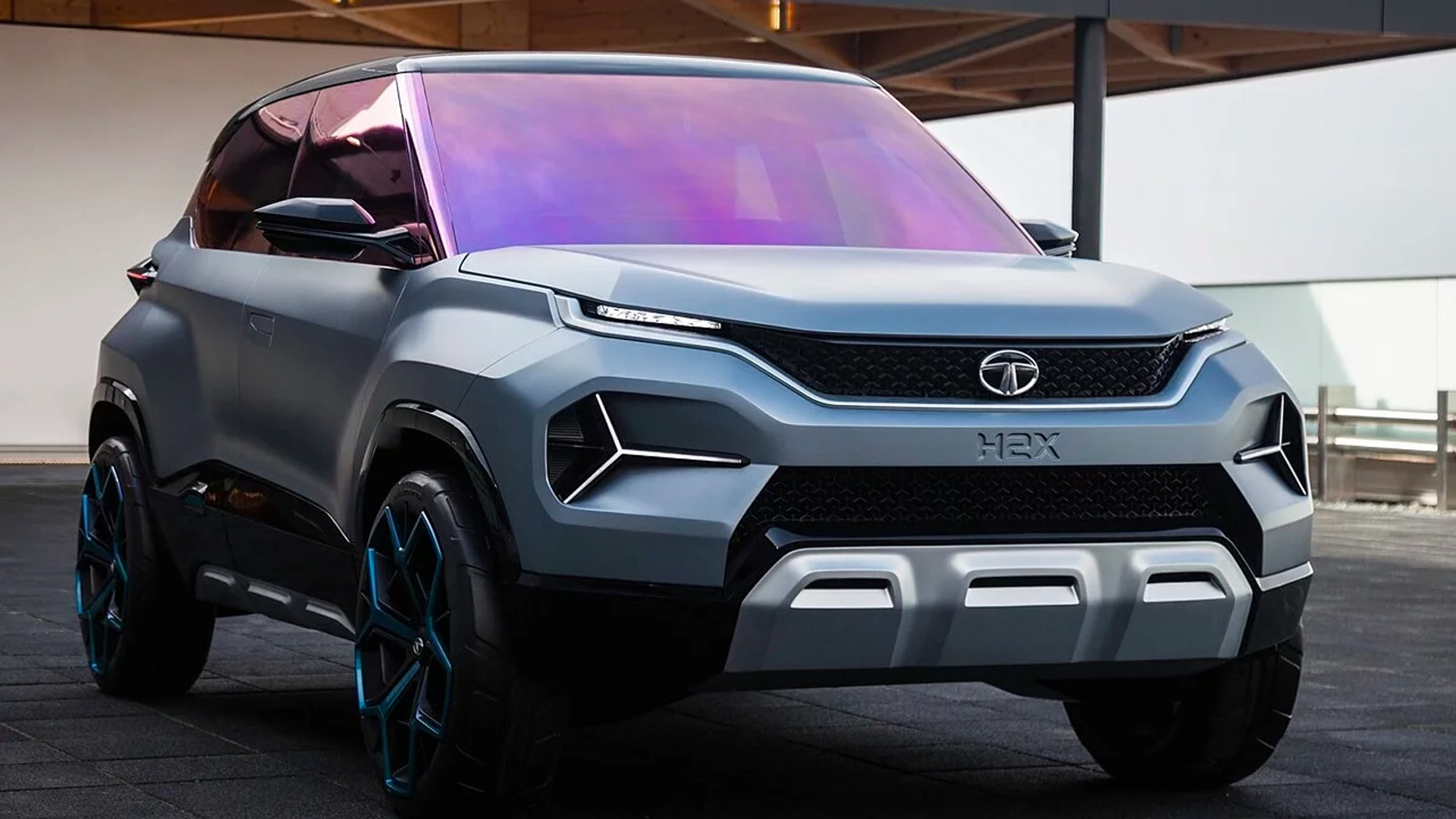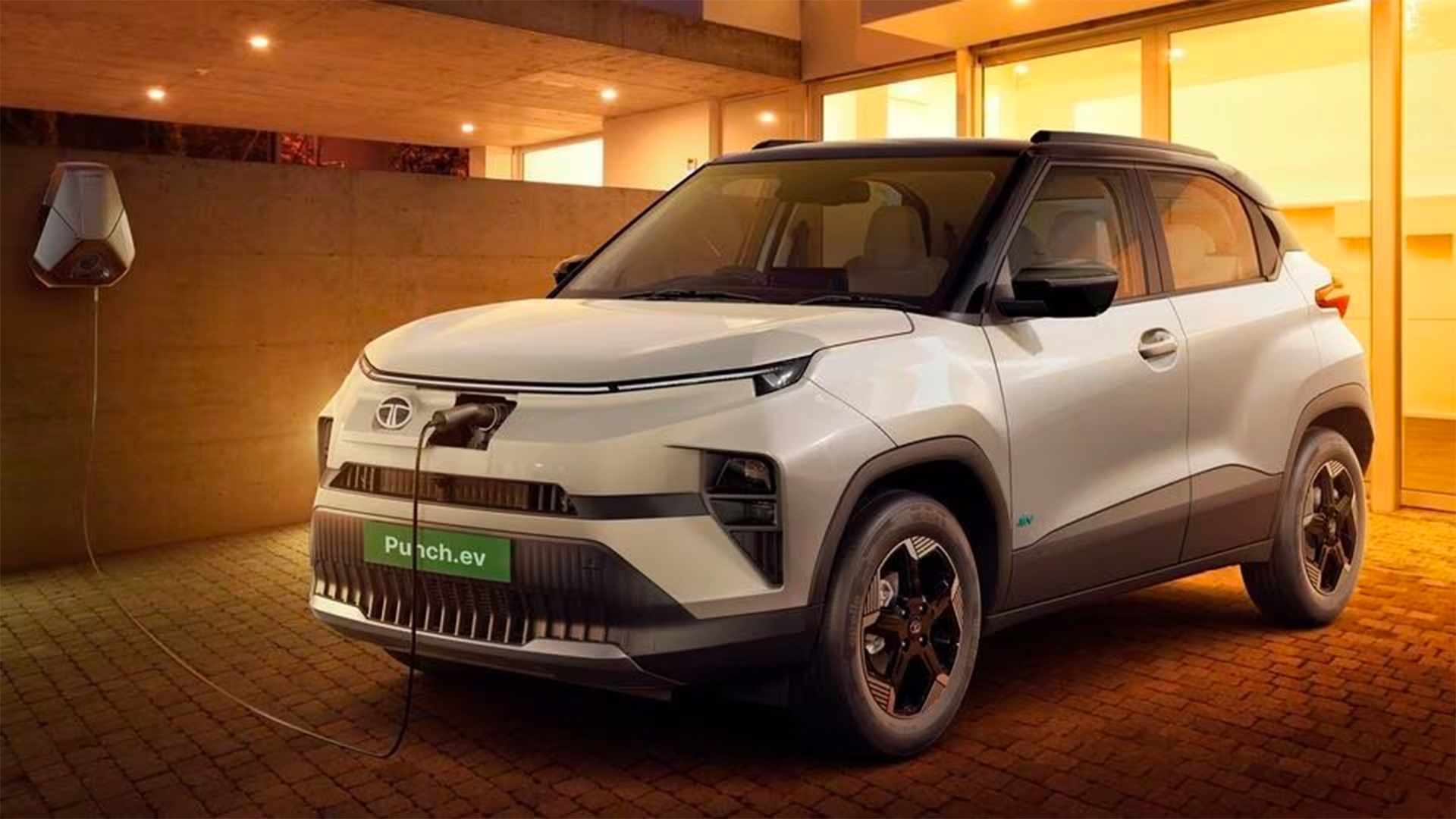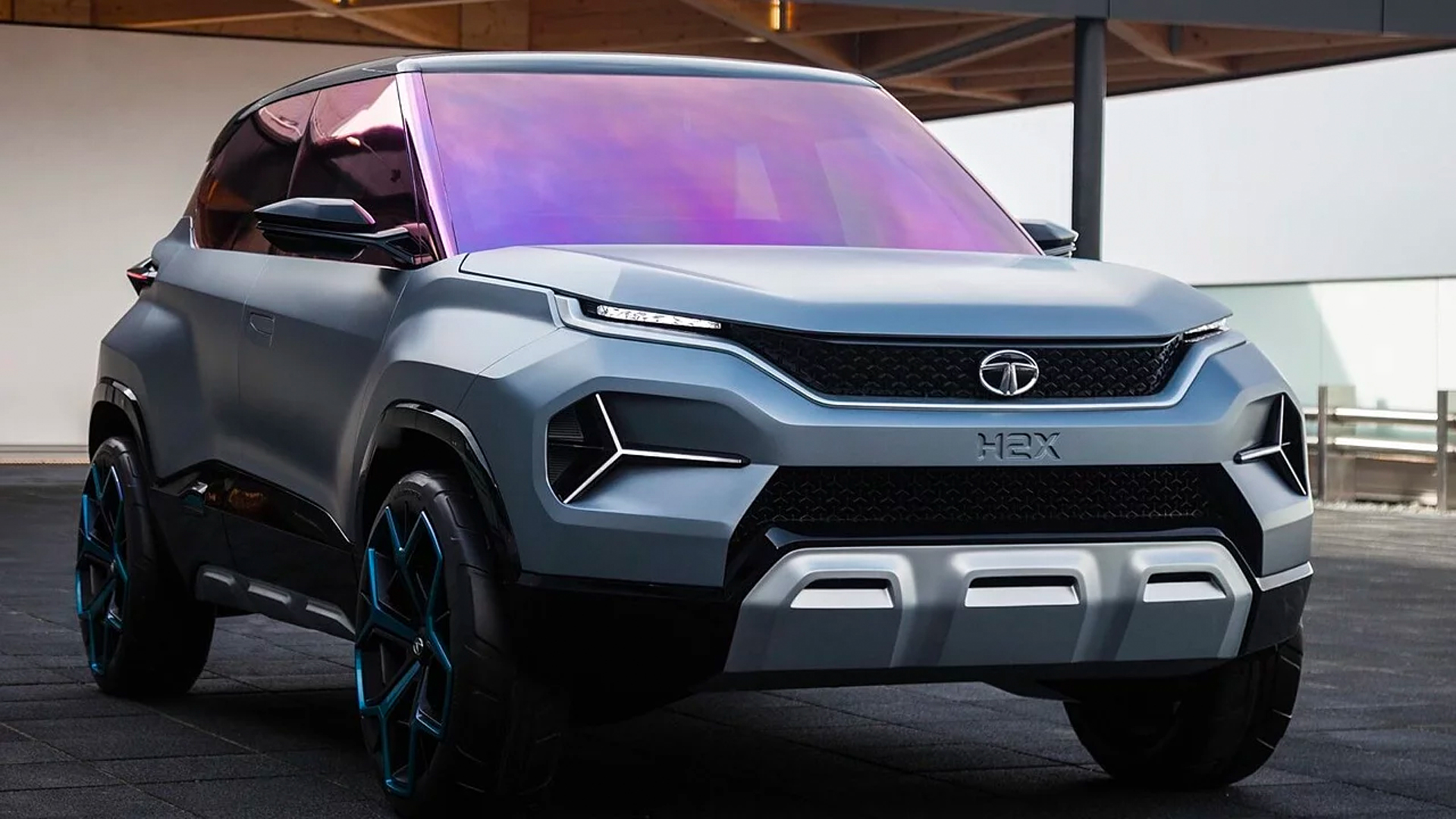When Uber CEO, Travis Kalanick came to India last year, one statement stood out, “India will be the last one to get autonomous cars! Have you see the way people drive here?” It’s a fact, one that comes from CEO of the only global ride-sharing company that’s currently gunning for driverless taxis (and trucks) with services already operational in the United States on a test basis.
His reasons for the same were fairly straightforward and were to do with driving patterns that road users and drivers or riders follow (or don’t) in India. Add to this rules and regulations and you get the picture; it would take more than a decade to get fully autonomous cars into the country considering how “quick” the government is and how slow our roadworks are.
I am also pretty sure, Tesla CEO Elon Musk would have a similar answer. Lucky for everyone who pre-booked the Model 3 in India, it’s not autonomous but just an all-electric (minus the charging stations that is).
So should customers in India just dream on? Well, not exactly. Turns out there’s plenty of goodies that may be headed their way. In fact, parts of them are already available but only in high-end luxury cars. Mercedes-Benz for example does offer Parktronic active parking assist. It may not find the parking spot in a crowded mall’s parking lot, but it will surely park your car for you. It’s just the beginning, but these tiny bits of autonomy do matter.
I was at the launch of Tata Motor’s new sub-brand TAMO. In short, it’s a separate vertical of Tata Motors that will operate initially as a low volume, low investment model. The key here however, is to push forward the use of advanced technology into passenger vehicles (PVs). While things have not been set in stone, you could expect the use of new-age powertrain systems, (electric, hybrid etc.), connectivity and may be even bits of autonomy.
I met up with Mayank Pareekh, President of PV Business, Tata Motors after the announcement. While the man had plenty of answers on TAMO, the company’s new brand, I quizzed him on the autonomous vehicles instead.
“A fully autonomous car in India will take quite a while.” He quickly commented. “But some pieces of it will start happening, bit by bit. Automatic parking for example can happen.” He was quick to confirm that these were his thoughts around the topic and that we may not necessarily see these coming from Tata.
He was of the opinion that a fully autonomous car is really far away and would take a quite a while to come to India.
Keeping in mind the current traffic situation, pedestrian behaviour and regulations in mind, Pareekh said that even a human driver fails to reach on time when you consider a trip as short as Marine Drive to Bandra, so a fully autonomous car can hardly compete in the given scenario.
In short, Pareekh hinted that the situations or the scenario (as Kalanick too pointed out) were not right for a fully autonomous vehicles to go on sale or even be developed for India.
“But simply ruling out autonomous driving is not the way forward, it only means a loss to manufacturers. So we (Tata Motors) are constantly trying to identify which bits make sense.” he said.
And it is indeed these tiny bits that manufacturers could make use of. These would include bits like connected cars that talk to one another and warn of road conditions ahead. Other examples like adaptive cruise control or automatic distance control have yet to make it your everyday runabout and for now only reside in premium vehicles.
In short, these would include technologies that border on partial, conditional and high automation. These would include technologies that not just understand the driving environment but take action in response or during human error. While these would arrive on Indian roads in the coming years, full automation is next big step, but for now it is still a distant dream for India.


)




)
)
)
)
)
)
)
)